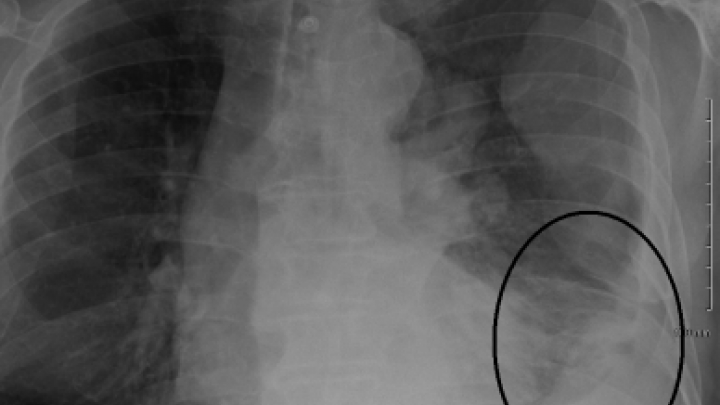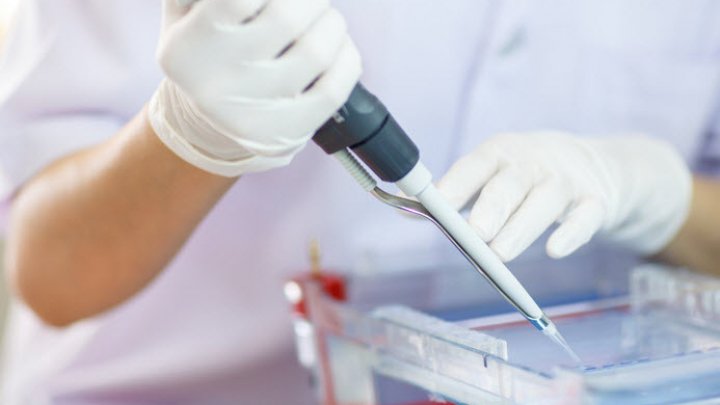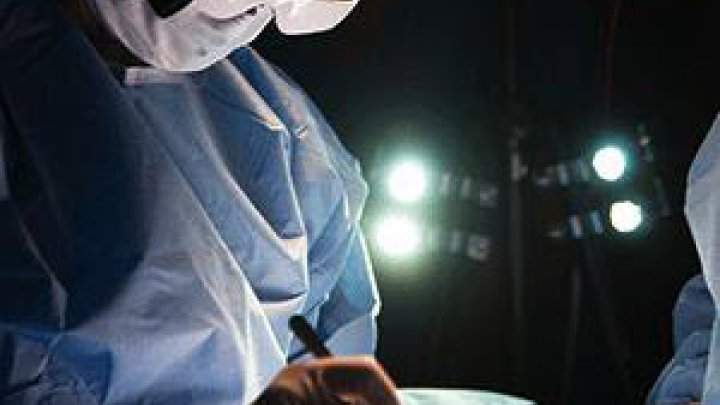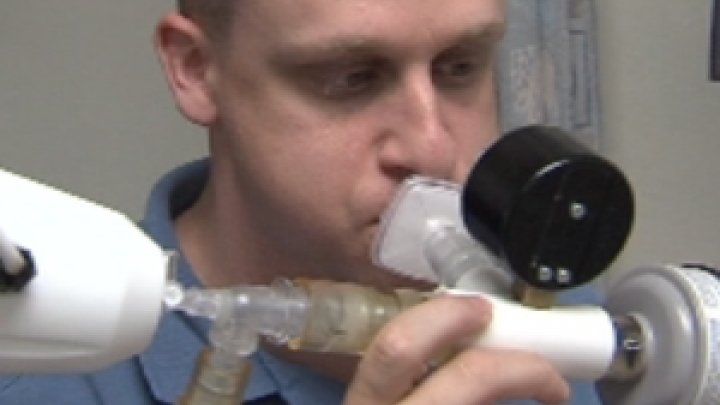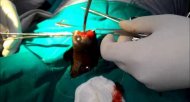The Bloodless Option: A Look at Bloodless Medicine Programs
Whether for religious reasons or due to health concerns, a subset of Americans do not believe in utilizing blood transfusions during or after surgeries. For those patients, bloodless medicine programs offer an alternative when a cancer surgery could result in significant blood loss.
Bloodless medicine utilizes special equipment and techniques to save as much of a patient's blood as possible. Anemia, or a low red blood cell count, is sadly a common side effect for cancer treatments and surgeries in the United States. The American Cancer Society defines anemia as having a hemoglobin level less than 12 g/dL. While some cancer patients can tolerate lower blood levels, others may start to experience symptoms such as rapid heartbeat, dizziness, difficulty breathing with exertion, extreme fatigue and swelling in the hands and feet.
While extreme fatigue can be a common side effect from cancer treatments, anemia compounded with cancer treatments can leave a person feeling extremely weak. If a person's blood levels dip below 8 g/dL, a physician will typically recommend a blood transfusion.
However, many people hold religious, personal or health-related concerns that keep them from accepting a blood transfusion. For example, Jehovah's Witnesses believe that blood represents life and people should not take blood from one to another. Others may fear transfusion reactions that are a risk following blood transfusions.
Whatever the reason, bloodless medicine programs are offering hope to cancer patients who are undergoing surgeries that could lead to blood loss, particularly those that involve organs that commonly have a large blood supply, such as the kidneys, liver or heart.
A number of hospitals across the United States are offering dedicated bloodless medicine programs. Examples include New York Methodist Hospital in Brooklyn, NY; Johns Hopkins in Baltimore, Maryland; and Tampa General Hospital in Tampa, Fla. The Children's Hospital in Central California is the only pediatric hospital in the Western United States that offers pediatric-specific bloodless medicine care.
While every hospital can be slightly different in the bloodless medicine techniques offered, there are some basic tools and conservation measures a number of hospitals may employ. This includes the use of a "Cell Saver," which is a machine that collects a patient's blood during surgery. The patient's own blood can then be returned to the patient. Patients can also donate their own blood several weeks prior to a blood transfusion for return during or after surgery to prevent blood loss.
Other cancer patients may opt to treat medications known to stimulate the body to produce more red blood cells. One example is synthetic eryhthropoietin, a medication that acts as an artificial blood growth stimulator. Examples of these prescription drugs include Epogen, Procrit or Aransep. These medications will typically take two weeks or more to work. However, they are associated with greater risks for blood clots, which can be life-threatening as well.
If you have concerns over blood transfusions, talk to your physician. While some hospitals may not have dedicated bloodless medicine programs, they may already utilize blood-saving methods. Additionally, a hospital could work with bloodless medicine programs to identify interventions and best practices that could benefit you throughout your treatment course.



